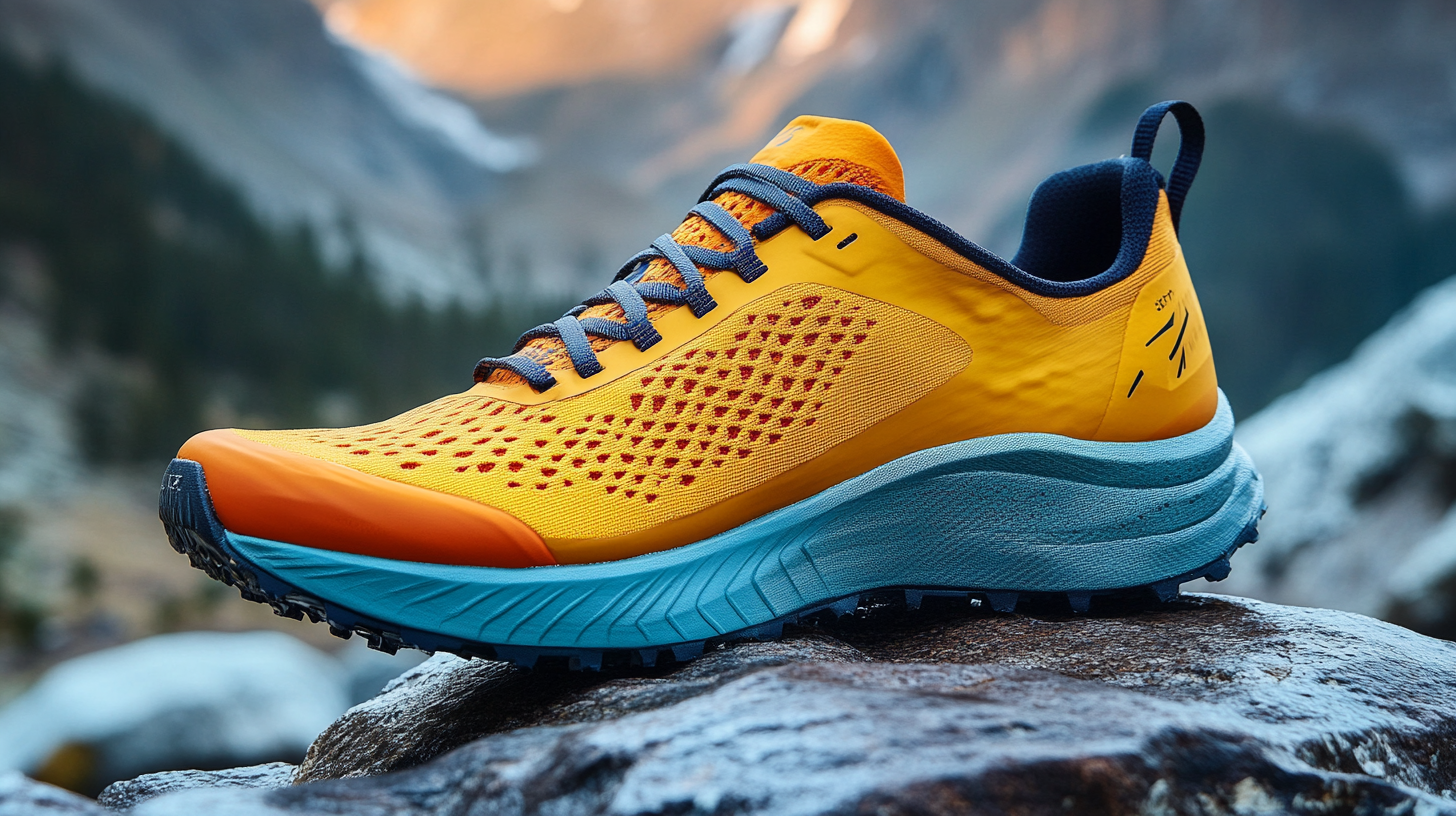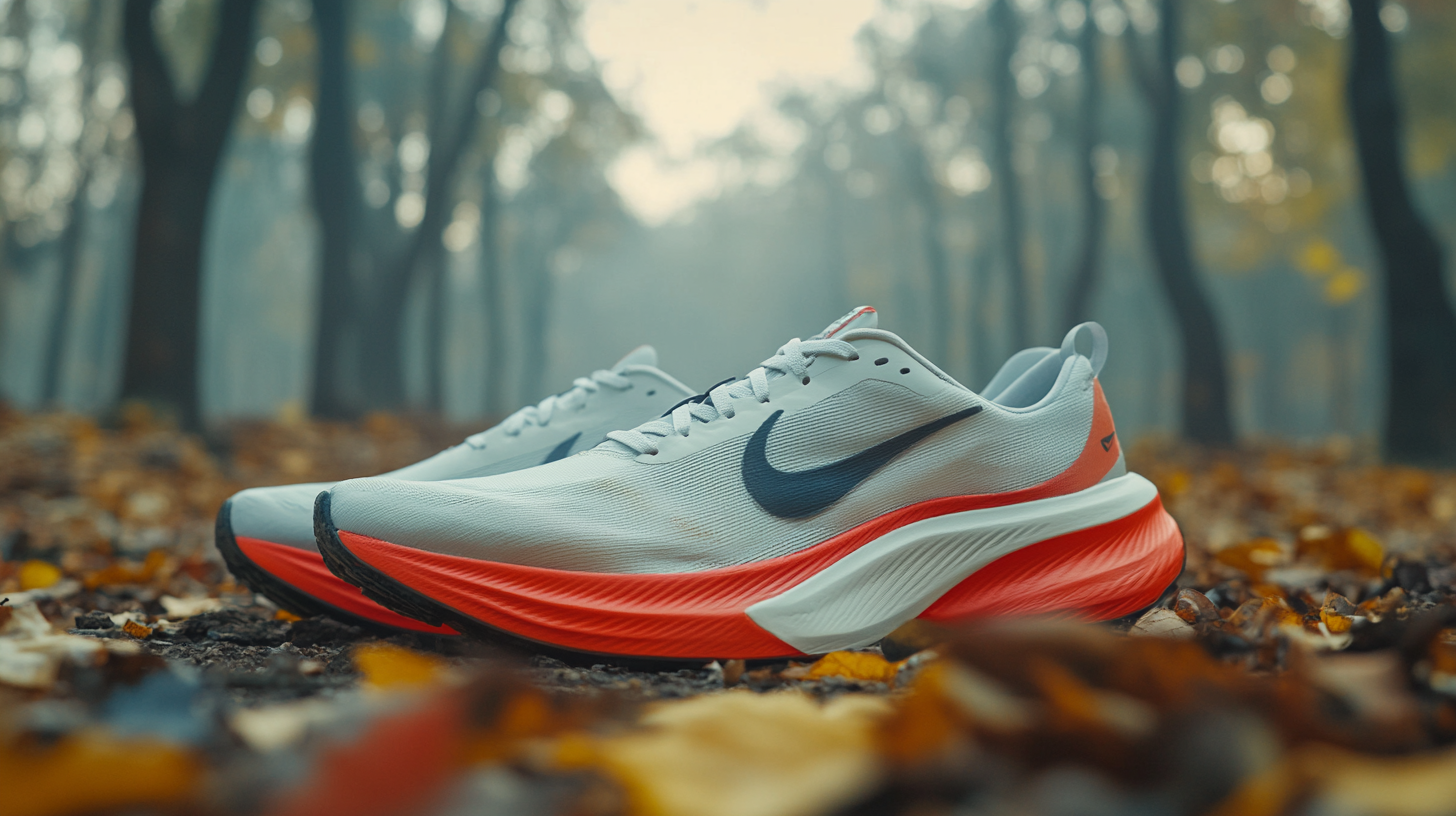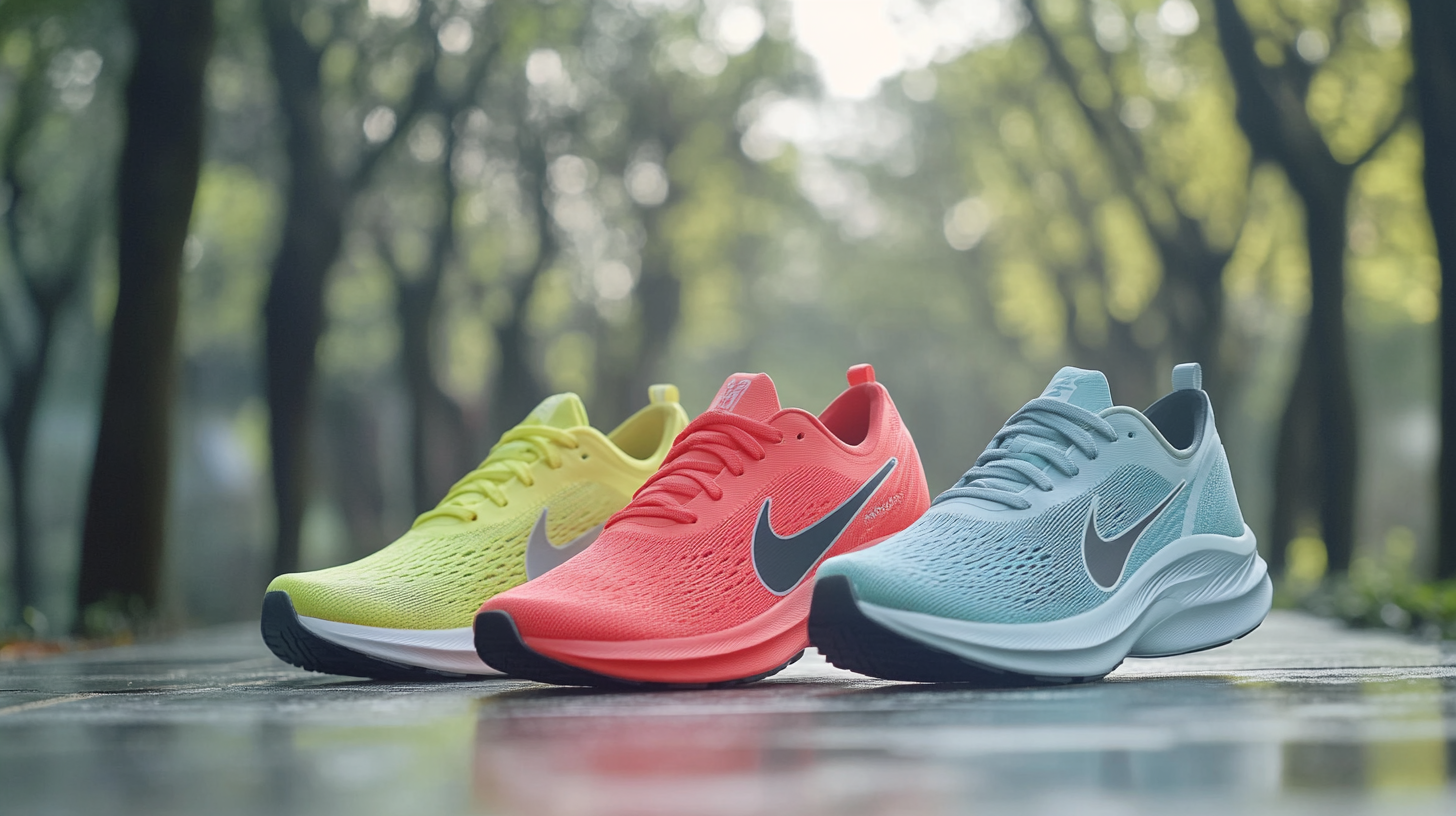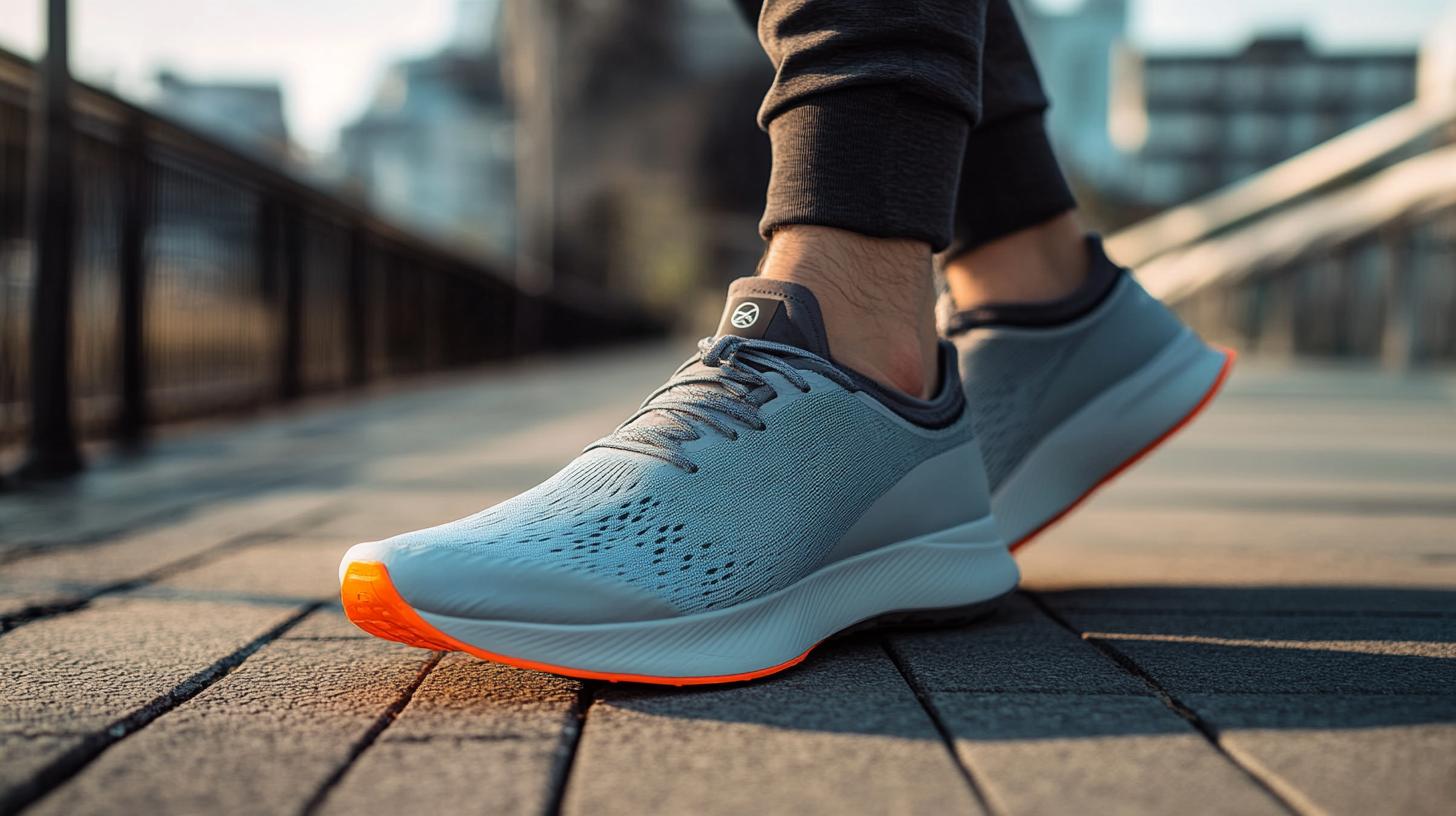
When it comes to outdoor running, having the right footwear can make all the difference in your experience. Outdoor running shoes are designed to provide the support, traction, and durability needed to tackle various terrains, whether you're navigating rocky trails, muddy paths, or even urban environments. With so many options on the market, however, selecting the perfect pair can be daunting. It is essential to consider your unique running style, foot shape, and the types of surfaces you will encounter.
In this blog, we will guide you through the critical factors to consider when choosing outdoor running shoes that best suit your needs. From understanding the anatomy of a running shoe to exploring features like cushioning, stability, and grip, we aim to equip you with the knowledge to make an informed decision. By the end of this article, you'll be ready to hit the trails with confidence, knowing that you have chosen the right pair of outdoor running shoes to enhance your performance and enjoy your time outside.

When selecting outdoor running shoes, one of the foremost factors to consider is the terrain you’ll be running on. Different surfaces, such as trails, asphalt, or gravel, require different types of shoes. Trail running shoes typically offer better grip and stability for uneven terrain, while road running shoes are designed for cushioning and support on flat surfaces. Understanding where you’ll be hitting the ground can significantly impact your comfort and performance. Another essential consideration is the fit and comfort of the shoes. A proper fit should allow for a snug feel without being too tight. It’s vital to ensure there's enough room in the toe box for your toes to splay comfortably during your run. Trying on shoes at the end of the day can help replicate how your feet swell during exercise, ensuring you choose a size that accommodates these changes. Additionally, pay attention to the arch support and heel height, as these can vary significantly among different models and can affect your running form. Lastly, don't overlook the importance of material and breathability. Shoes made of lightweight, breathable fabrics can enhance your comfort by keeping your feet cool and dry, especially during long runs. Look for features like moisture-wicking liners and mesh uppers to improve air circulation. Investing time in choosing the right outdoor running shoes can make all the difference in your running experience, providing not only support and protection but also enhancing your overall performance.

When it comes to selecting the ideal outdoor running shoes, understanding the different types for varied terrain is crucial. According to a 2021 report by the Sports & Fitness Industry Association, nearly 70% of runners prefer specific footwear for trail, road, or track running, which highlights the importance of choosing the right type of shoe for your environment.
Road running shoes are designed for pavement and packed surfaces, offering lightweight cushioning and a smooth ride. They are usually constructed with a flexible sole to promote natural foot movement and provide adequate support over long distances. On the other hand, trail running shoes are built for uneven and rugged terrain, featuring deeper treads for better grip and durable materials that withstand the challenges of muddy or rocky paths. The American Hiking Society identifies that runners transitioning from road to trail notice a significant difference in shoe requirements, as the terrain demands enhanced stability and protection against potential injuries.
Finally, there are hybrid or versatile shoes that combine features of both road and trail running footwear. These shoes often have a balanced blend of cushioning and traction, making them suitable for various surfaces. A survey conducted by RunRepeat in 2022 revealed that 38% of runners prefer hybrid options for their adaptability, especially during unpredictable weather conditions or mixed-terrain runs. By recognizing the characteristics of each type, runners can make informed choices that enhance their performance and comfort, tailoring their footwear to their specific running needs.

When choosing outdoor running shoes, comfort and performance are paramount. Essential features that maximize comfort include cushioning, fit, stability, and traction. A well-cushioned shoe absorbs impact, reducing strain on your joints during long runs. Look for models with ample midsole padding, which can profoundly enhance your running experience by providing support on various terrains.
The fit of the shoe is equally crucial. A snug fit that allows for slight movement without being too tight can help prevent blisters and discomfort. Consider trying shoes on at the end of the day when your feet are slightly swollen, ensuring they will remain comfortable during longer runs. Moreover, stability features, such as supportive overlays and structured heel counters, help maintain proper form, particularly on uneven trails where missteps can lead to injury.
Traction is vital for outdoor running, especially on varied surfaces. Look for shoes with aggressive outsoles made from durable rubber to ensure optimal grip. As trends in outdoor activities continue to surge, investing time in selecting the right pair of shoes tailored to your specific running needs can make all the difference. With a multitude of options tested and selected by dedicated runners, there’s a perfect match waiting to be found.

When it comes to choosing the perfect outdoor running shoes, avoiding common pitfalls can make a significant difference in your running experience and overall performance. One mistake many runners make is selecting shoes based solely on style or brand for a trendy look rather than fit and functionality. It’s crucial to try on different pairs and consider how they feel while walking and running. Choosing a shoe that offers the right level of support and cushioning for your foot type can help prevent injuries and enhance your comfort during runs.
Another frequent blunder is not considering the running surface. Shoes designed for road running often differ markedly from those intended for trail running. Each type is built to handle specific terrain characteristics, so wearing the wrong shoes can lead to instability and increased risk of tripping or slipping. Additionally, many runners overlook the importance of the shoe's lifespan. Running shoes should typically be replaced after a certain mileage—usually around 300 to 500 miles—as worn-out shoes lose their cushioning and support, which can lead to discomfort and injuries.
Lastly, many new runners neglect to seek professional advice when buying their shoes. Consulting with experts or getting a gait analysis can provide invaluable insights into your running style and shoe needs. Making informed decisions can not only enhance your running efficiency but also keep you injury-free as you enjoy your time on the road or trails.
When it comes to outdoor running, having the right shoes can significantly impact performance and comfort. Proper fitting is critical, as studies indicate that up to 70% of runners sustain injuries due to improper footwear. Therefore, understanding how to choose the right outdoor running shoes tailored to your foot type and running style can help you avoid these common pitfalls.
To begin with, it's essential to assess your foot shape. According to a report by the American Podiatric Medical Association, 70% of people have either narrow or wide feet, yet many simply choose shoes based on size alone. Runners should measure both the length and width of their feet in the evening, when they are at their largest, to determine the best fit. A well-fitting shoe should allow for a thumb’s width of space at the toe box, ensuring that your toes can move freely during runs without causing discomfort.
Additionally, the shoe’s arch support should align with your foot’s natural arch type—whether flat, neutral, or high. Research from the Journal of Sports Sciences shows that runners who wear shoes complementary to their arch type can reduce the risk of injury by up to 30%. Moreover, understanding your running gait can further influence your choice. Runners with a neutral gait may benefit from shoes with cushioning, while overpronators might need stability features to reduce excessive inward rolling of the foot. When selecting outdoor running shoes, consider getting a professional gait analysis at a specialty store to ensure you make an informed decision.
